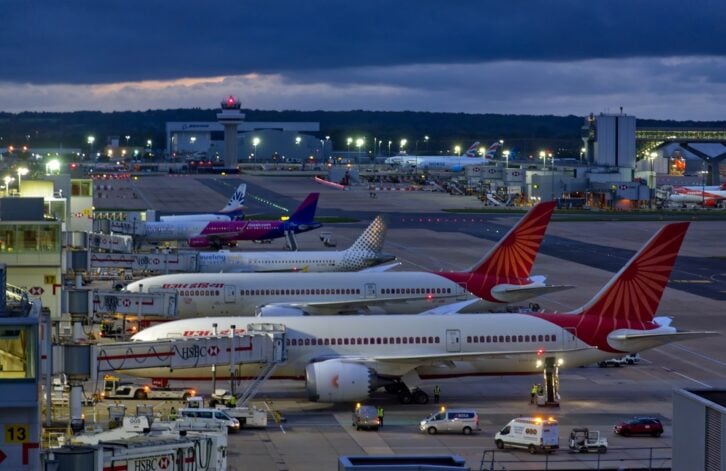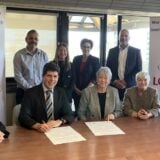The planned second runway at Gatwick Airport could see house prices in the surrounding area of the “Gatwick Diamond” fall by as much as £40,000, analysis from estate agency firm Yopa has found.
However, for those who can stick it out during construction, the long-term benefits could bring a house price boost of 9.5% on average.
The privately financed £2.2bn project has been given the go ahead by the government, and it will involve moving the current emergency northern runway 12 metres to bring it into regular use, as well as extend the size of teminals.
It’s thought the first new flights from the run way will begin in 2029.
The “Gatwick Diamond” includes the cluster of local authorities surrounding Gatwick Airport, namely Crawley, Reigate and Banstead, Horsham, Mid Sussex, Mole Valley and Tandridge.
Verona Frankish, chief executive of Yopa, said: “Homeowners within the Gatwick Diamond will be understandably concerned about the potential impact of a second runway on property values across the local market.
“The near-term reality is that those directly affected by the construction and implementation of such a project could see the value of their home fall and, without certainty around details such as new flight paths, traffic, noise and air pollution, it’s likely to impact the local market as a whole, not just those who stand to bear the brunt of it.
“Such factors carry a negative impact on demand and saleability, and our analysis suggests that, in some areas, households could see as much as £40,000 wiped from the value of their home.
“The extent of this impact will depend heavily on how the project is managed and proximity to disruption, while strong noise insulation, clear limits on night flights, and improved transport links could help to mitigate some of the downside.”
At the initial planning and announcement stage, before construction begins, homes can typically see a small negative adjustment of between -1% and -5% due to buyer uncertainty and concerns around future noise and environmental disruption.
Based on an average reduction of -3%, Yopa’s analysis shows that this would equate to the most significant loss in Mole Valley, where the average house price could reduce by £16,205.
In Reigate and Banstead, just a 3% decline in the average value of a home would see sellers lose some £14,588 on the value of their home, with Horsham (£13,232) and Mid Sussex (£13,085) also seeing potential double-digit reductions.
At £9,790 on average, homeowners in Crawley could see the most marginal reduction.
However, once construction is underway and the runway becomes operational, the impacts may be far more severe for homes closest to the project impact zones or under new flight paths.
It’s thought that the construction and ongoing presence of an additional runway could see house prices in affected areas fall by as much as -7.5%.
This would equate to a reduction of £40,513 on the average house price in Mole Valley, £38,270 in Tandridge, £36,469 in Reigate and Banstead, £33,080 in Horsham, £32,713 in Mid Sussex and £24,475 in Crawley.
The silver lining for homeowners in the Gatwick Diamond is that the long-term benefits of a second runway could help boost the value of their home come completion in 2030.
It’s estimated that over the year that follows the completion of such a project, house prices could climb by an average of 9.5% as the economic benefit of more jobs and better transport links starts to filter through to the local economy.
Frankish added: “There is a silver lining though, as the delivery of new transport infrastructure often brings long-term economic benefits and this tends to filter down to an uplift in house prices in the years that follow the completion of such a sizeable project.
“So, whilst those directly impacted may see fluctuations in the value of their home during the initial phases, the long-term outlook is a positive one and the Gatwick Diamond could well be one area of the market to watch over the coming years.”







